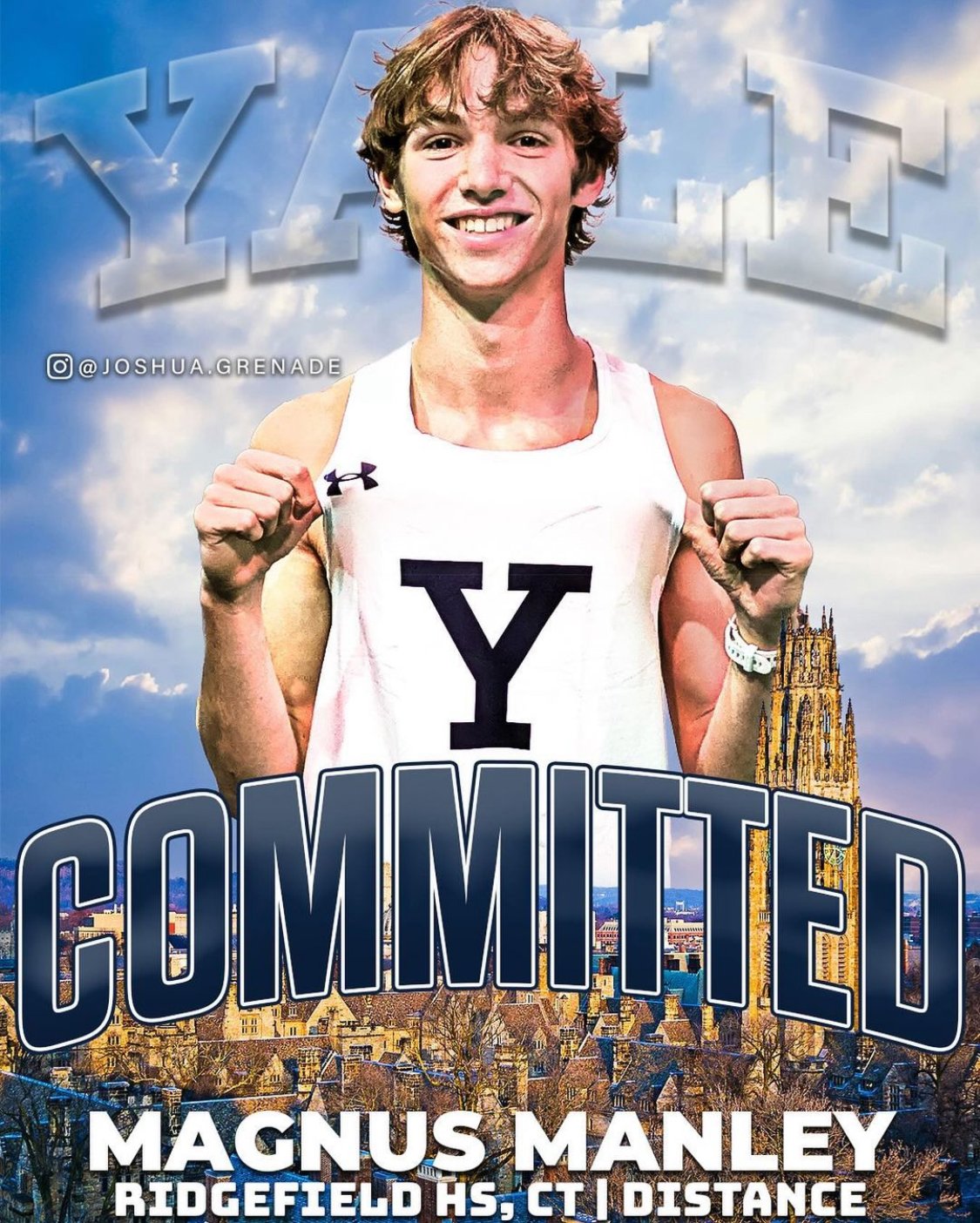Three Potential Mistakes Track and Field Recruits Make (And How to Avoid Them) When Targeting Highly Selective Colleges
The recruiting process for track and field athletes aiming for highly selective colleges is highly competitive. While talent is critical, your approach to the process is just as important. Many recruits unknowingly make mistakes that hurt their chances at these schools. Here’s how to avoid the three most common pitfalls.
1. Waiting Too Long to Start the Process
One of the biggest mistakes recruits make is assuming they have plenty of time. Many wait until their senior year to contact coaches, only to find that rosters are nearly full and scholarship money has been allocated. This is especially true for highly selective colleges, where recruiting is often done early.
How to Avoid It:
Start the recruiting process during the summer between your sophomore and junior year.
Research schools that align with both your academic and athletic goals.
Reach out to coaches early, introduce yourself, and share your personal records (PRs) and academic information. Coaches at selective schools want to see initiative and commitment to athletics throughout all four years.
The recruiting process at elite schools is much more time-sensitive than you might think, as most spots are finalized by Early Decision deadlines. Start early to give yourself the best chance.
2. Communicate Effectively
Effective communication is one of the most important aspects of achieving your collegiate goals. Coaches at highly selective colleges receive hundreds of emails each season, and they’re looking for recruits who are not only talented but also a good fit for their programs and academic environments.
How to Avoid It:
Be proactive in email correspondence, phone calls, and setting up visits. You should be the primary person writing emails, making calls, and asking questions to show your commitment to finding the best possibe fit.
Personalize each email. Refer to specific aspects of the school’s program, such as recent team performances or the coaching staff’s philosophy. Clearly articulate why you're interested in that particular program. Show that you’ve done your research and that you're a good academic fit for their rigorous standards.
Include your PRs, GPA, race footage, and other relevant accomplishments.
Highly selective schools expect candidates to show genuine interest in their program.
3. Ignoring the Academic Side of Recruiting
For highly selective colleges, academics are just as important as athletic ability—if not more so. While you may be an exceptional athlete, failing to meet a school’s academic standards can prevent a coach from being able to recruit you. Even if you’re talented enough to compete, academic misalignment can prevent you from making the cut.
How to Avoid It:
Research each school’s academic requirements, including GPA, standardized test scores, and any additional prerequisites.
Maintain a strong academic record by taking challenging courses, such as AP or honors classes.
If necessary, improve your academic profile by retaking standardized tests or seeking tutoring to raise your grades or scores.
For elite schools, your academic performance will be scrutinized just as closely as your athletic performance. Ensure both aspects of your profile are competitive.
Final Thoughts
When targeting highly selective colleges, it’s crucial to understand that the recruiting process is not just about athletic performance—it’s about being proactive, strategic, and well-rounded. Start early, personalize your communication with coaches, and make sure your academic profile meets the school’s standards. By demonstrating commitment and attention to both athletics and academics, you can significantly increase your chances of success in the recruiting process.

